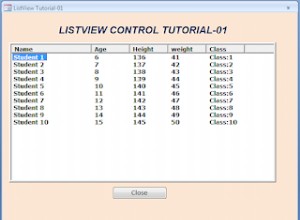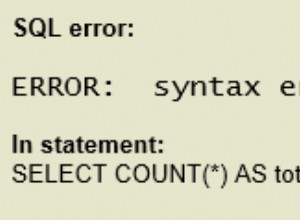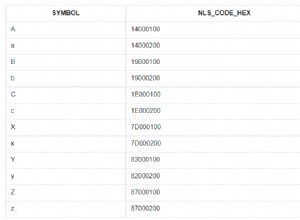यह मानते हुए कि सभी प्रयुक्त अनुक्रम संबंधित कॉलम के स्वामित्व में हैं, उदा। एक serial . के माध्यम से या identity विशेषता, आप इसका उपयोग वर्तमान डेटाबेस में सभी (स्वामित्व वाले) अनुक्रमों को रीसेट करने के लिए कर सकते हैं।
with sequences as (
select *
from (
select table_schema,
table_name,
column_name,
pg_get_serial_sequence(format('%I.%I', table_schema, table_name), column_name) as col_sequence
from information_schema.columns
where table_schema not in ('pg_catalog', 'information_schema')
) t
where col_sequence is not null
), maxvals as (
select table_schema, table_name, column_name, col_sequence,
(xpath('/row/max/text()',
query_to_xml(format('select max(%I) from %I.%I', column_name, table_schema, table_name), true, true, ''))
)[1]::text::bigint as max_val
from sequences
)
select table_schema,
table_name,
column_name,
col_sequence,
coalesce(max_val, 0) as max_val,
setval(col_sequence, coalesce(max_val, 1)) --<< this will change the sequence
from maxvals;
पहला भाग एक कॉलम के स्वामित्व वाले सभी अनुक्रमों का चयन करता है। दूसरा भाग तब query_to_xml() . का उपयोग करता है उस अनुक्रम से जुड़े कॉलम के लिए अधिकतम मूल्य प्राप्त करने के लिए। और अंतिम चयन तब setval() . का उपयोग करके प्रत्येक अनुक्रम पर उस अधिकतम मान को लागू करता है .
हो सकता है कि आप इसे setval() . के बिना चलाना चाहें यह देखने के लिए पहले कॉल करें कि सब कुछ आपकी आवश्यकता के अनुसार है या नहीं।




